Radio Expeditions
National Public Radio - National Geographic Society Radio Expeditions Sound Collection at the Cornell Lab of Ornithology
From 1992 to 2007, National Public Radio and the National Geographic Society collaborated to produce a series of radio stories featuring unique wildlife sounds and soundscapes. The Macaulay Library has proudly archived the full field recordings used in these stories.
The nearly 1,300 recordings feature animal sounds, natural landscapes, and interviews with scientists. This totals to over 1,100 hours of audio, recorded on 6 continents and 38 countries.
Listen to highlights from the collection:
Featured stories
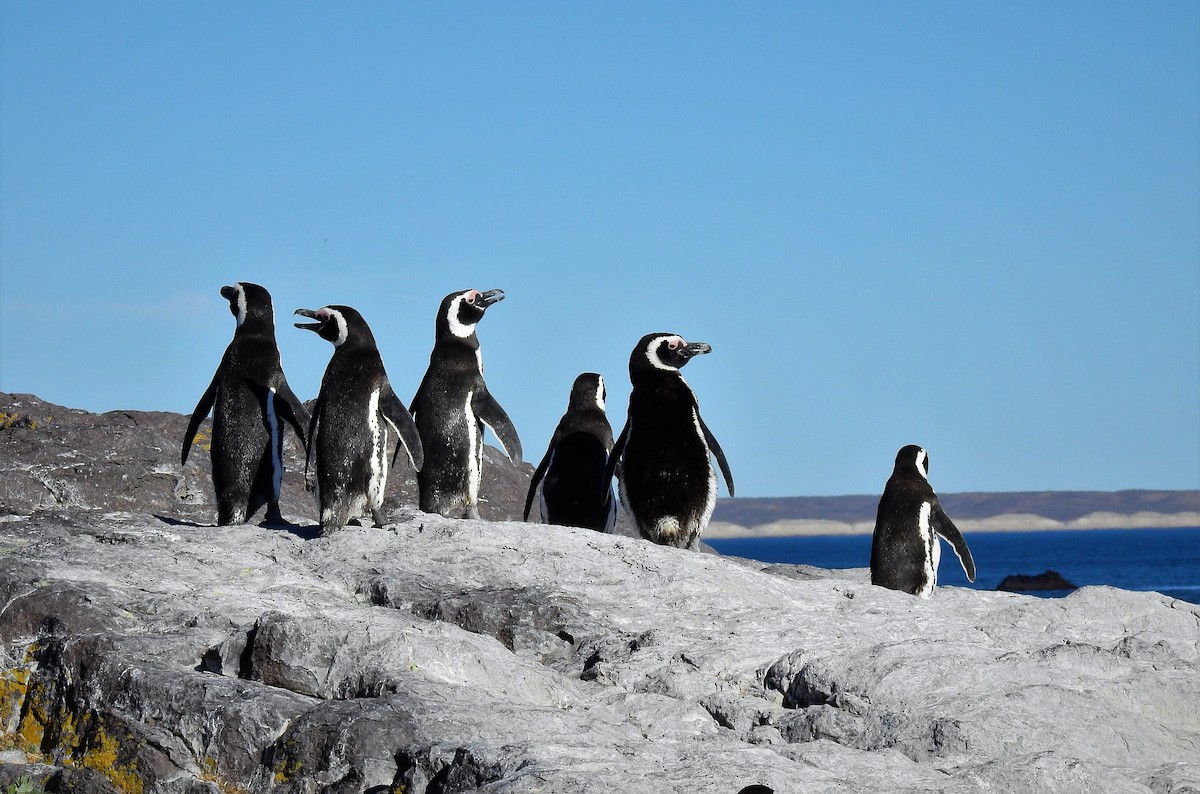
Patagonia's Marine Menagerie
Where Argentina's Plains Meet Ocean, Life Explodes
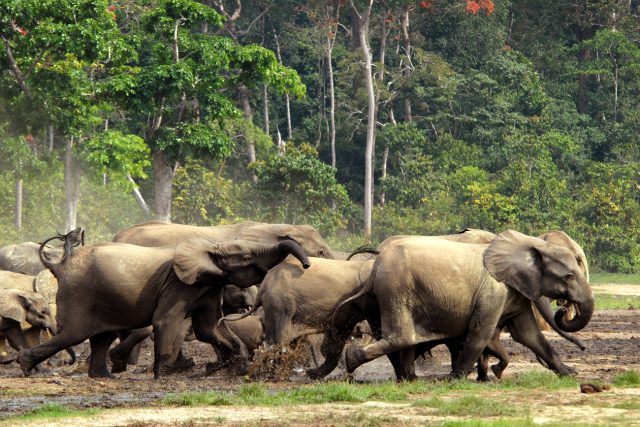
Listening to Elephants
For researchers who study elephants, the basic question is: How many elephants are there?
Learn more about The Elephant Listening Project

Good Vibrations Key To Insect Communication
Male treehoppers make their abdomens thrum like tuning forks to transmit very particular vibrating signals that travel down their legs and along leaf stems to other bugs — male and female.
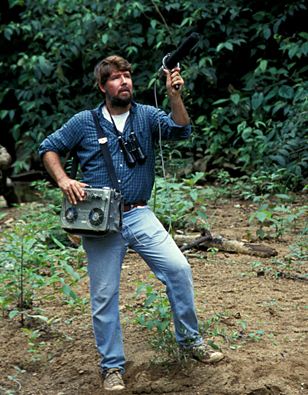
Ted Parker: Honoring a Legend
"Up here in the canopy, these are the hardest birds to detect," he told an NPR Radio Expeditions team in 1991 in the Bolivian rain forest. His skill in using his ears to investigate the world was legendary.
Selected field recordings:
Explore more than 10,000 of Ted Parker's recordings in the Macaulay Library
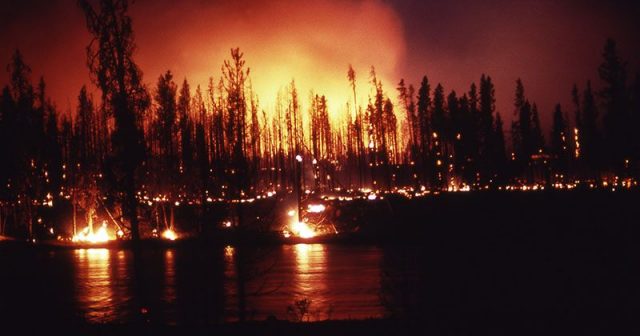
Yellowstone's Legacy of Fire
In August of 1988, the American West burned as it had not in at least a century.
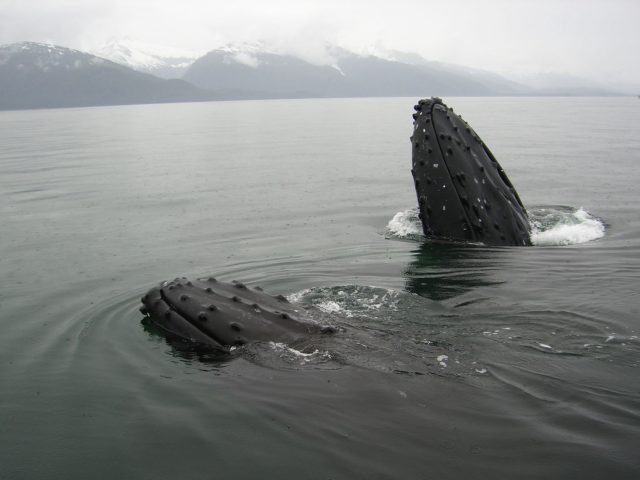
Decoding The Complex Song In Whale Calls
Humpback whales don't just sing songs — they compose with the whales around them, singing a song that evolves over time.

